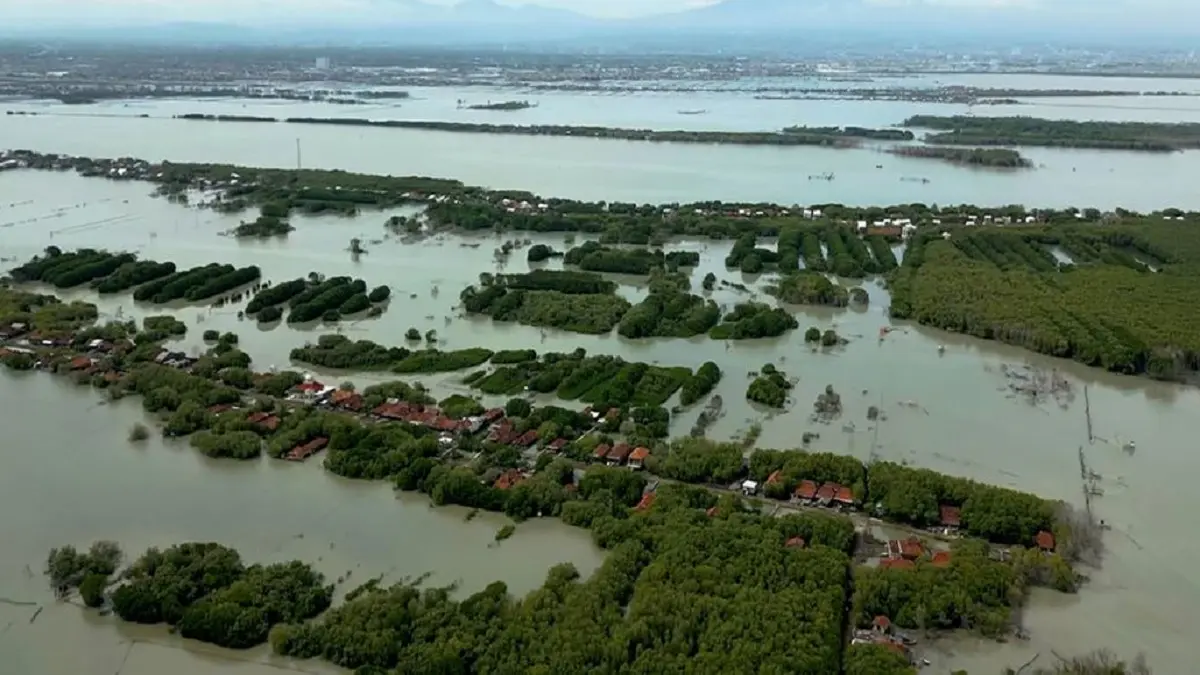Next five years will be warmest on record

The World Meteorological Organisation has released its "Annual to Decadal Global Climate Update", a report warning that there is a 66% chance that the annual mean near-surface temperature between 2023 and 2027 will exceed pre-industrial levels by more than 1.5°C for at least one year. In addition, there is a 98% chance that at least one of the next five years, and the five-year period as a whole, will be the warmest on record.
"This report does not mean that we will permanently exceed the 1.5°C level specified in the Paris Agreement, which refers to long-term warming over many years. However, we are warning that we will temporarily exceed the 1.5°C level with increasing frequency," said the agency's secretary-general.
Petteri Taalas further explained that El Niño-induced warming is expected to occur in the coming months, which will combine with human-induced climate change. "This will have far-reaching implications for health, food security, water management and the environment. We need to be prepared," he said.
On the other hand, according to the paper, there is only a 32% chance that the average for the whole period as a whole will exceed the 1.5°C threshold. However, the probability of temporarily exceeding 1.5°C has increased steadily since 2015, when it was close to zero. For the years between 2017 and 2021, the probability of exceedance was 10%.
"Global average temperatures are projected to continue to rise, moving us further and further away from the climate we are used to," said the expert scientist at the institution that led the report, Met Office.
Arctic warming and precipitation changes
The document includes other key data, including the following:
- The global average temperature in 2022 was about 1.15°C higher than the 1850-1900 average. The cooling influence of La Niña conditions for much of the past three years temporarily slowed the long-term warming trend. But La Niña ended in March 2023 and El Niño is expected to develop in the coming months. Normally, El Niño increases global temperatures in the year following its occurrence, which in this case would be 2024.
- Between 2023 and 2027, the global annual mean near-surface temperature is projected to be between 1.1°C and 1.8°C higher than the 1850-1900 average. This is used as a baseline because it predated the emission of greenhouse gases from human and industrial activities
- Arctic warming is disproportionately high. Compared to the 1991-2020 average, the temperature anomaly is projected to be more than three times the global average anomaly when averaged over the next five extended northern hemisphere winters.
- Precipitation patterns projected for the May-September 2023-2027 average, compared to the 1991-2020 average, suggest increased precipitation in the Sahel, northern Europe, Alaska and northern Siberia, and reduced seasonal precipitation in the Amazon and parts of Australia.
Paris Agreement
In addition to global temperature increases, human-induced greenhouse gases are causing further warming and acidification of the oceans, melting sea ice and glaciers, rising sea levels and increased extreme weather.
The Paris Agreement sets long-term goals to guide all nations to substantially reduce global greenhouse gas emissions in order to limit the global temperature increase this century to 2°C, while pursuing efforts to limit the increase further to 1.5°C, and thus avoid or reduce the adverse impacts and damages related to global warming.
The Intergovernmental Panel on Climate Change states that climate-related risks to ecosystems and humans are greater at a global warming of 1.5°C than at present, but less than at 2° degrees.
Strengthening meteorological services
The World Meteorological Organisation publishes the annual to decadal Global Climate Update in collaboration with the Designated Global Producing Centres and other contributors. The update provides a synthesis of temperature predictions for the period 2023-2027.
The new report has been released ahead of the World Meteorological Congress from 22 May to 2 June, which will discuss how to strengthen weather and climate services to support adaptation to global warming.
Among the priorities to be discussed will be the ongoing Early Warning for All initiative to protect people from increasingly extreme weather, and a new Greenhouse Gas Monitoring Infrastructure to help mitigate climate change.








